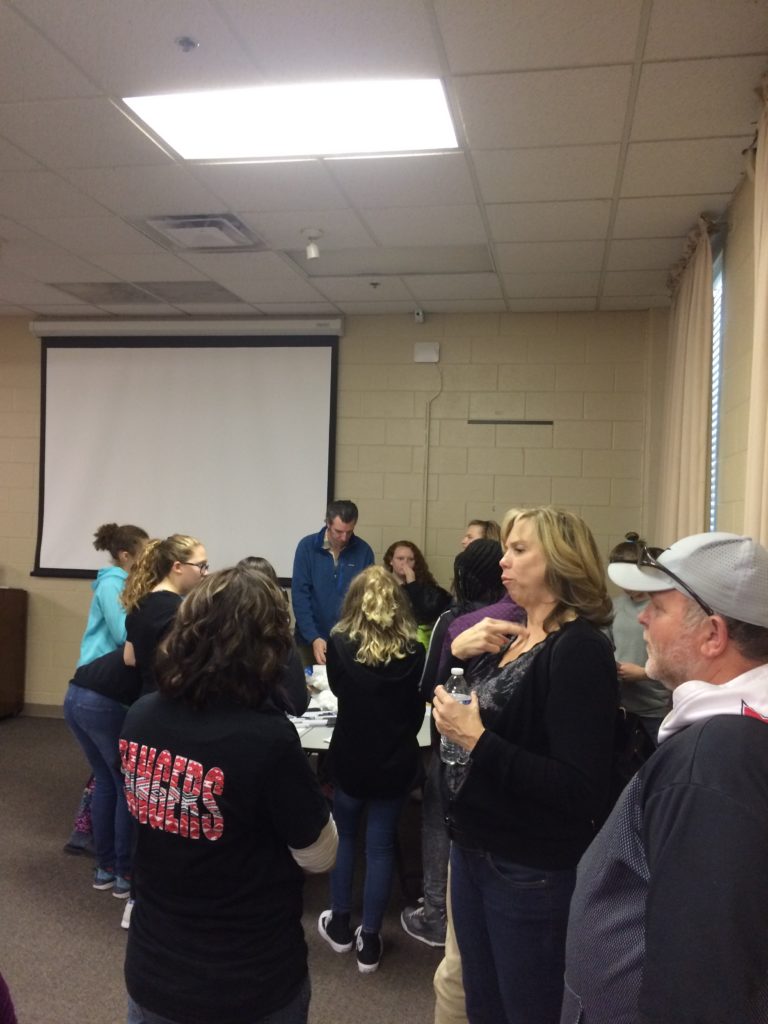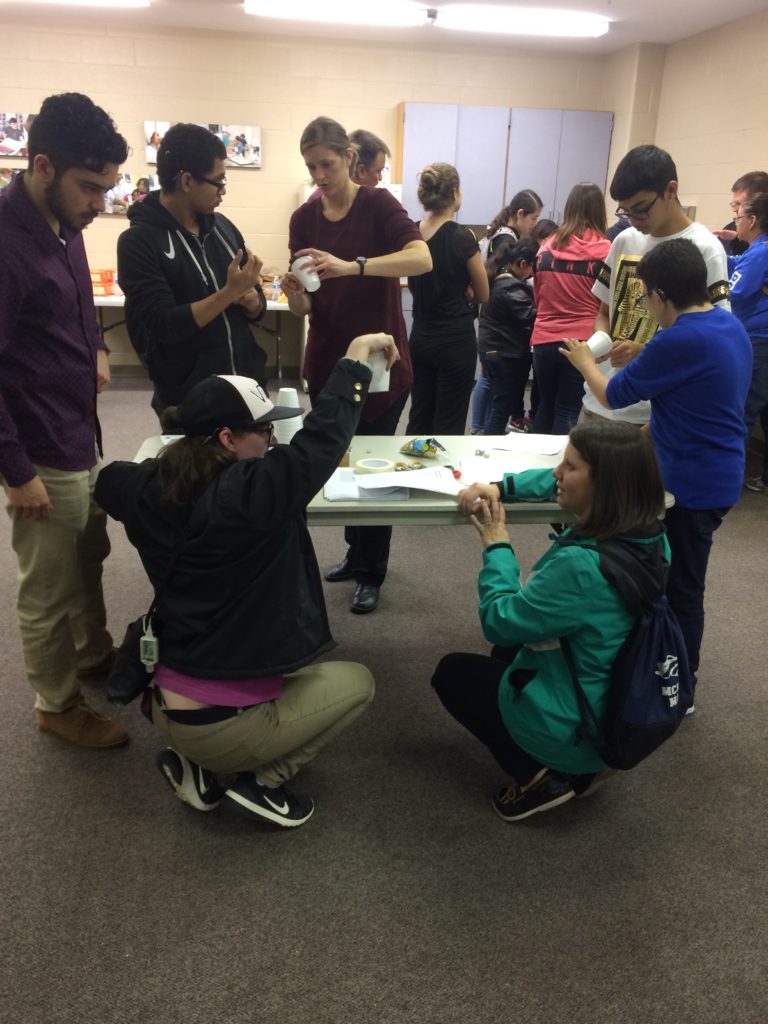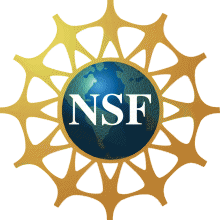Promoting an Event
You may be promoting professional development offerings because you provide outreach services in a certain region as a function of your program/department or perhaps you have obtained funding through a grant or other source that enables you to provide training. In some instances, you may have an established program that is well known by others and they reach out to you to request specific professional development or event offerings.
In most cases, the most challenging approach to offering professional development or events to the public is the “cold call” approach. This is when you reach out unexpectantly or without prior notice and contact individuals who may be responsible for providing training opportunities for their employees or others they serve and may be receptive to what you can bring to them in the way of training. Similar to someone in sales, you are reaching out to potential “buyers” to sell the idea of providing training to them or the people they serve.
To initiate contact with individuals and promote your professional development offerings, it is important to generate interest in what you have to offer. What types of training/content areas/student events, etc can you provide?

Why should they take advantage of what you have to offer and how can it benefit them and their constituents? If you are coming from an established and well-respected program, credibility may already be established.
If you are new to offering these things, be prepared to describe what you can provide, the level of expertise you can bring to the table, and how you can be the solution to their training needs. Describe how you can ensure positive outcomes through clear training goals and objectives, explain how you can ensure a high level of expertise in subject areas, and talk about your sensitivity to any timeline concerns or time constraints they may have to consider.
Offer as much flexibility, customization, and attention to audience needs as you believe you can. Selling a product, in this case, training, through “cold calls” or by approaching potential audiences is difficult and time-consuming.
Consider sending information about what you have to offer in advance and follow up with a contact.
Take good notes regarding conversations you have so you are able to follow up as needed. And, prepare for this process to be time-consuming and will not reap great rewards overnight. Never over-promise or “oversell” and under-deliver. Be prepared to follow through with what you have assured them you have to offer, knowing you can provide a high-quality product.
Needless to say, once you are established and have an existing menu of offerings or enough training completed that word is out regarding your excellent professionalism and quality of product, it becomes much easier to generate training opportunities as people will begin to reach out to you with requests.
Determining Framework for an Event
Everyone works in a way that is unique to them in terms of how they plan or create a framework for building a training event. This phase, however, is critically important as it is a time to slow down and think about what is it you want to create. We have provided you with some checklists for planning purposes. Think about what the overall event should look like and what the outcomes should be for participants.
Questions to Ask:
– How sophisticated or simplistic will the event be? For example, an hour for a refresher on a topic or a three-day, multi-tiered event for a large number of people.
– How will you track your progress?
– Who will be involved in planning? Will you be “flying solo” or do you have a team? Is everyone in agreement?
What system is in place to do intermittent checks with people with whom you are creating training?
Create a plan of action, including who will be involved, expected outcomes, and budgetary considerations, that will provide that framework. It will surely make follow up planning to go much smoother and will serve to keep you on track.
Customized vs Canned Plan
Training requests can be generated by selecting existing training offerings known to the public. These training or event offerings may be a menu of established training that is very specific, formulaic, and easily replicated from place to place.
You might also offer a menu of training or events people can select from which you then modify to accommodate the request. For example, you have a “canned” or prescribed training curriculum but you have built-in enough flexibility that you can add information, delete components or in some other way modify the training to better meet the needs of the person requesting it. This usually takes minimal effort and can easily be modified to be an hour training or an all-day training.

You may also receive requests for training that, while within the parameters of what you can provide, still requires a very customized program. This may be due to a unique set of needs or circumstances of the audience (give some examples here) or specific needs of a program or administrator. It may be to assist participants to meet licensure or certification needs that are very specific. These requests can be challenging yet rewarding to create.
Great emphasis must be placed on the clarity of the request. See the checklist developed to assist you in planning training with the requestor that will help everyone understand and agree on what will be provided.
And, last, there may be a need to provide “hybrid” training. This would be a combination of some variation of established training with modification as well as a component that is customized. It may require additional resources or materials or the need to add training content outside of your parameters which requires bringing in a trainer with the expertise necessary.
You may need to decide if this is something you want to provide or if you prefer it to be a collaborative effort where you provide a portion of the training and the requestor or a third party plans the other portion. This will require additional planning and thought to ensure everyone is on the same page and the event flows well and is organized.


